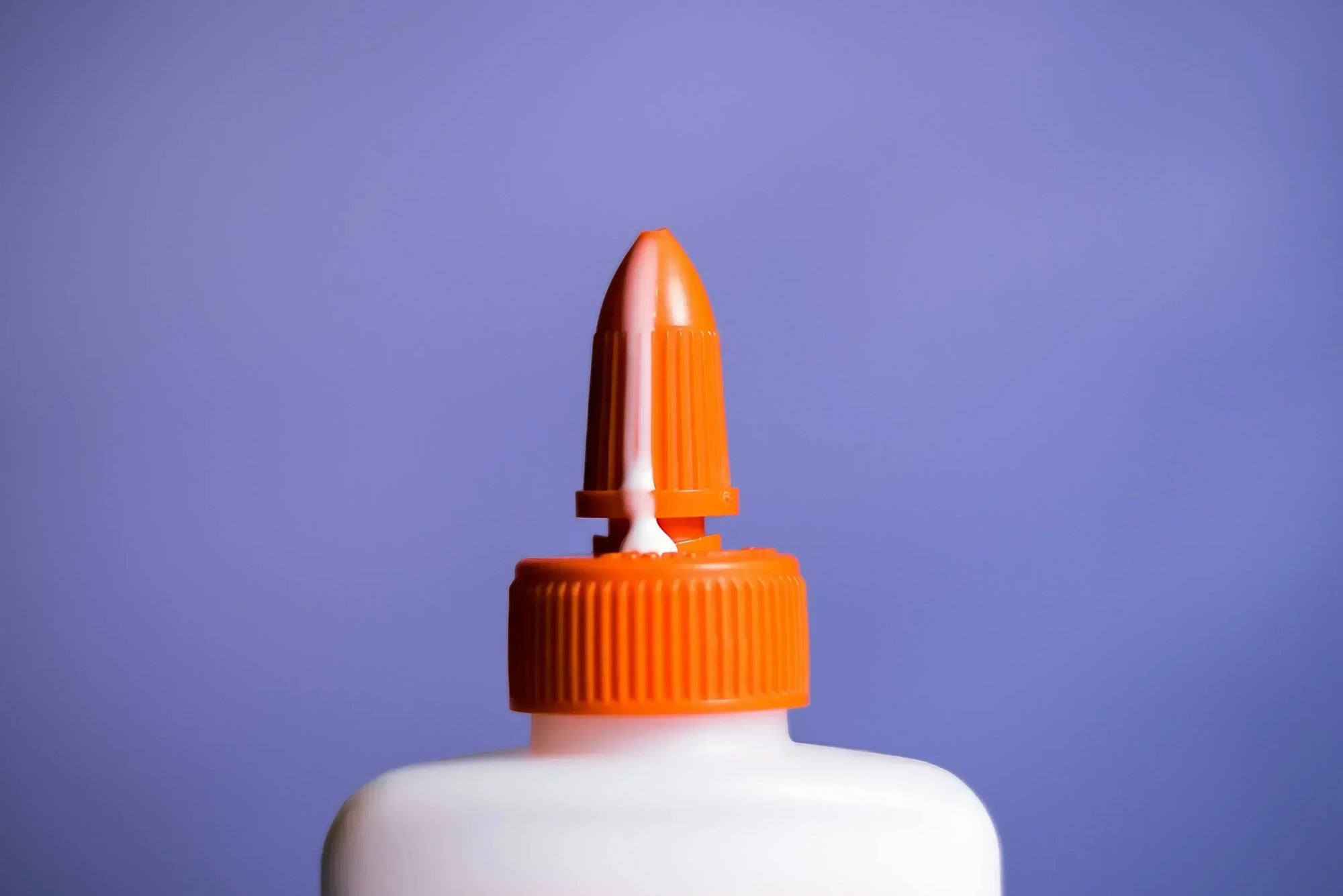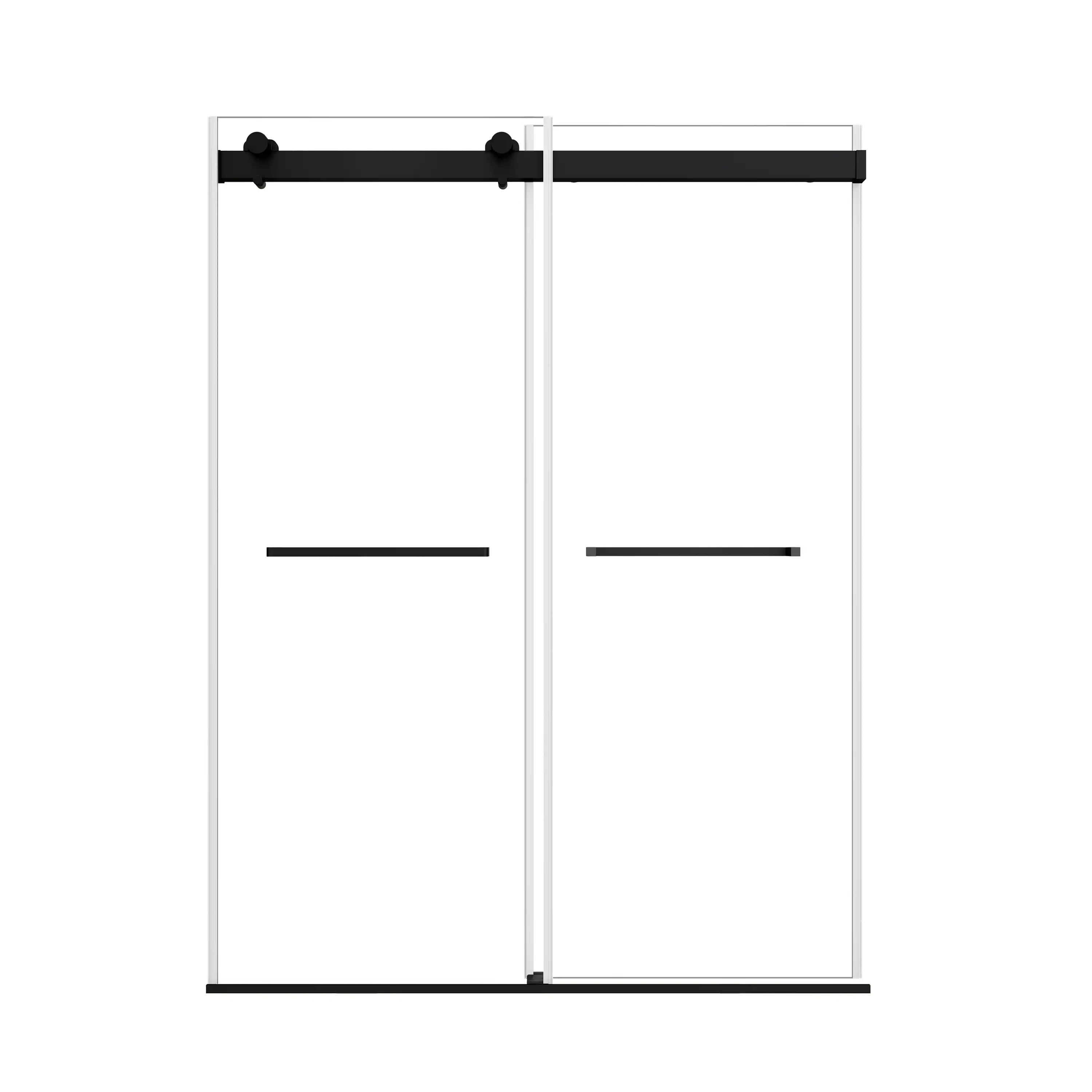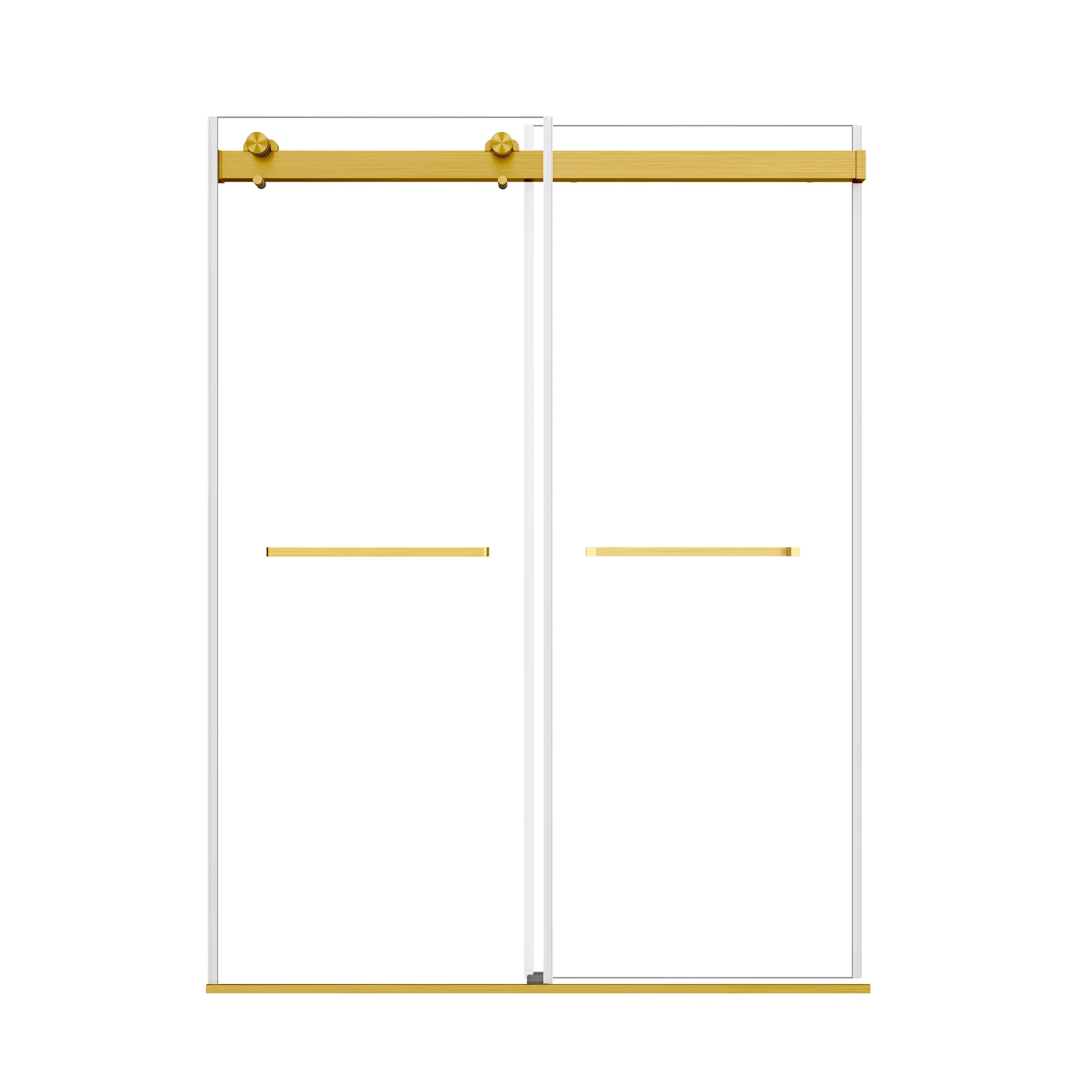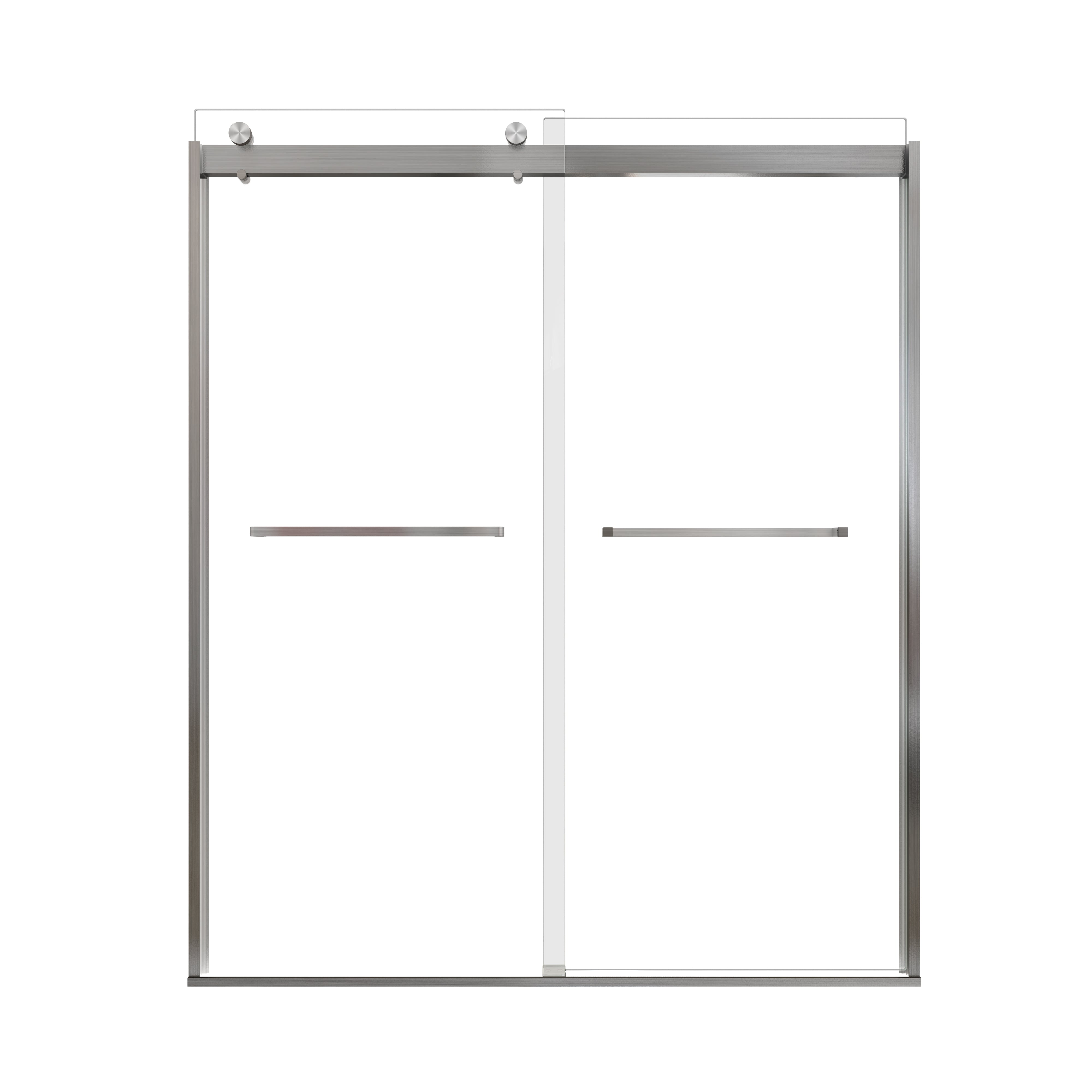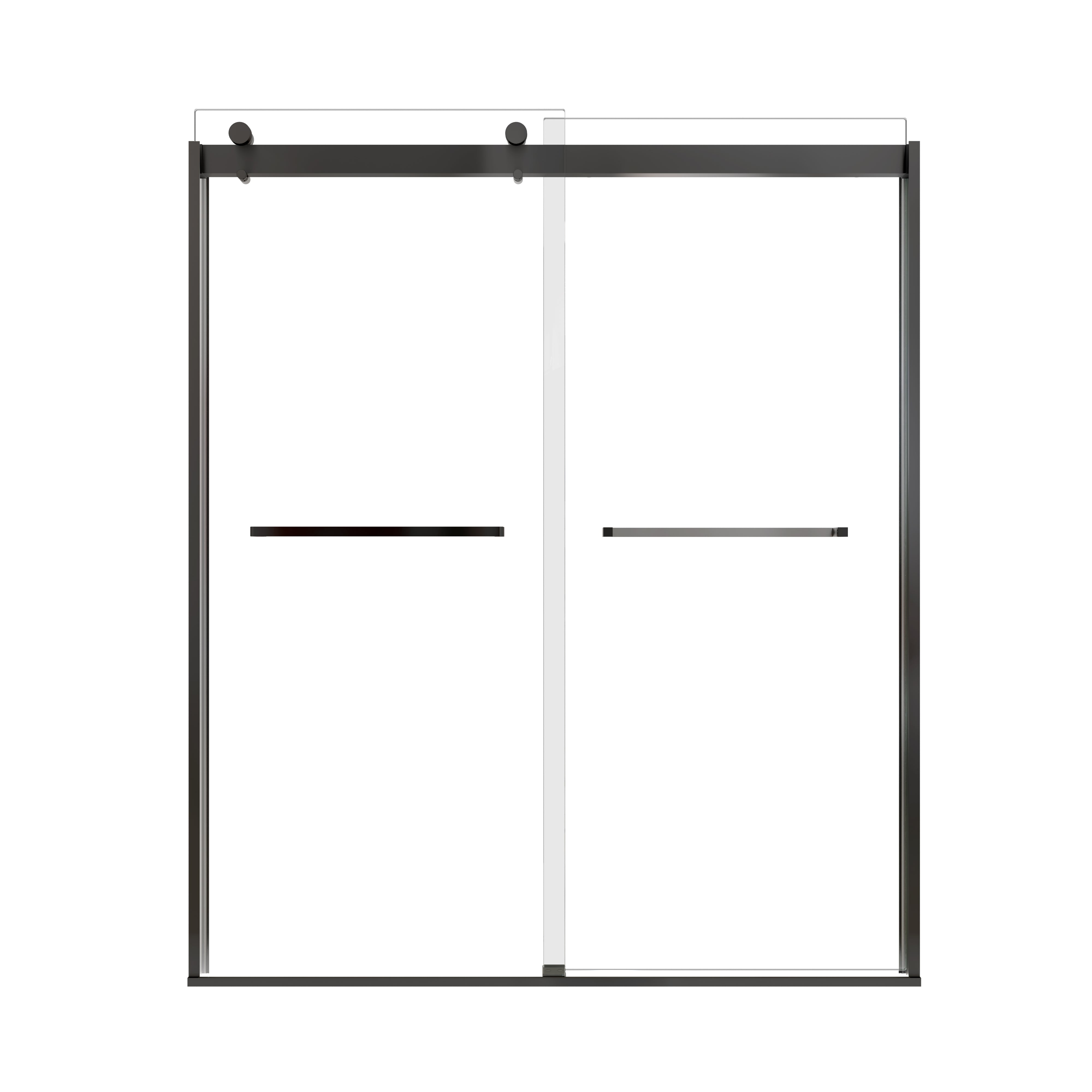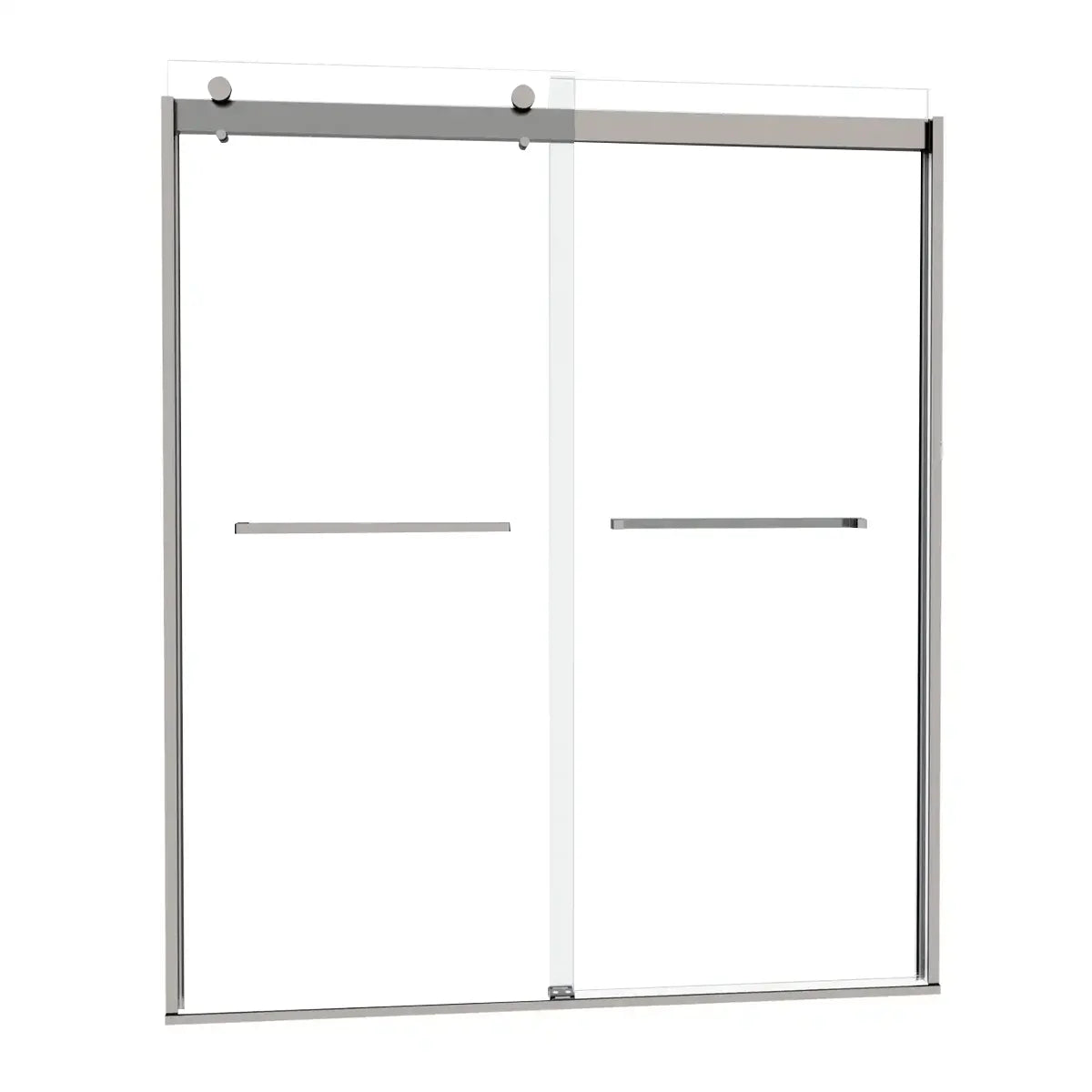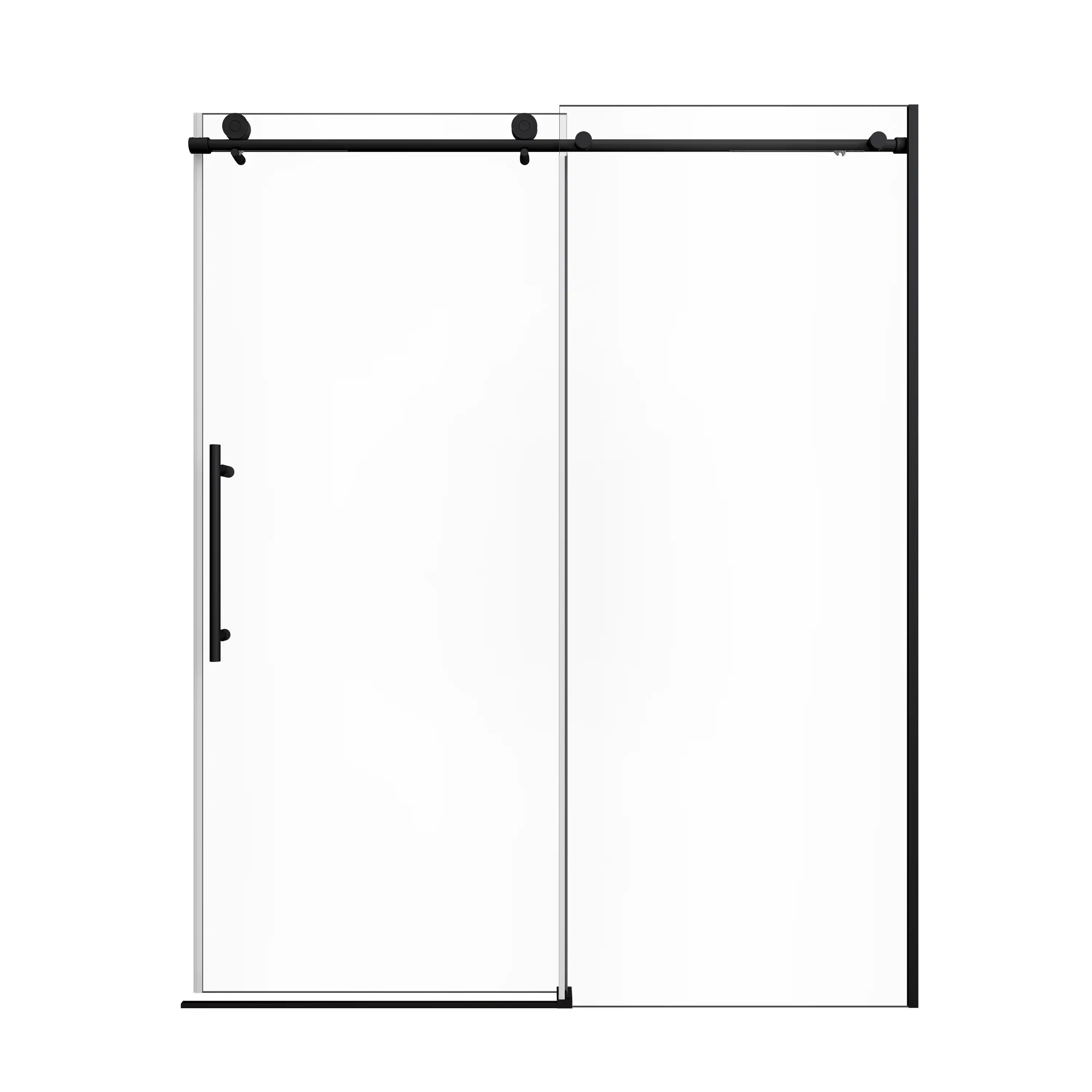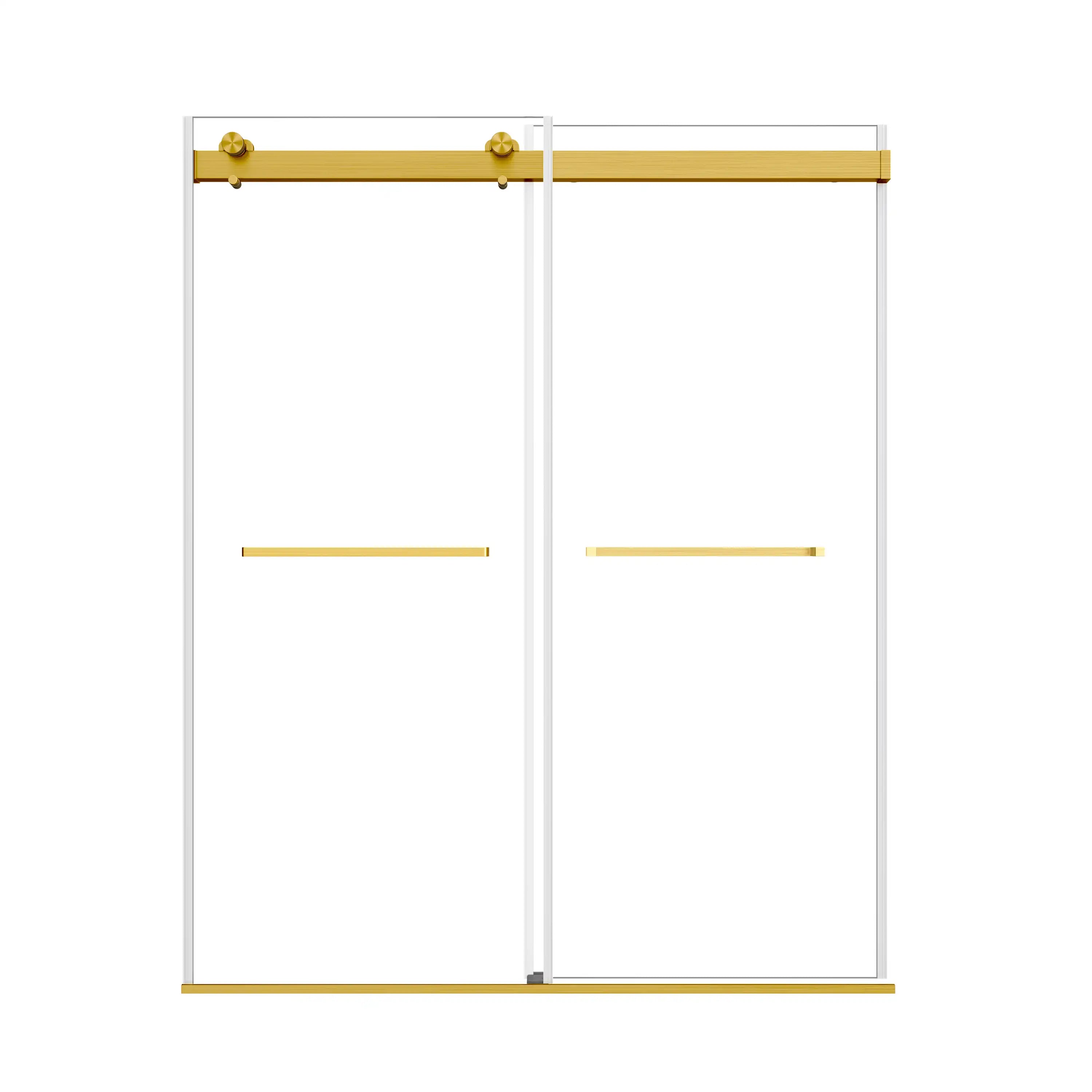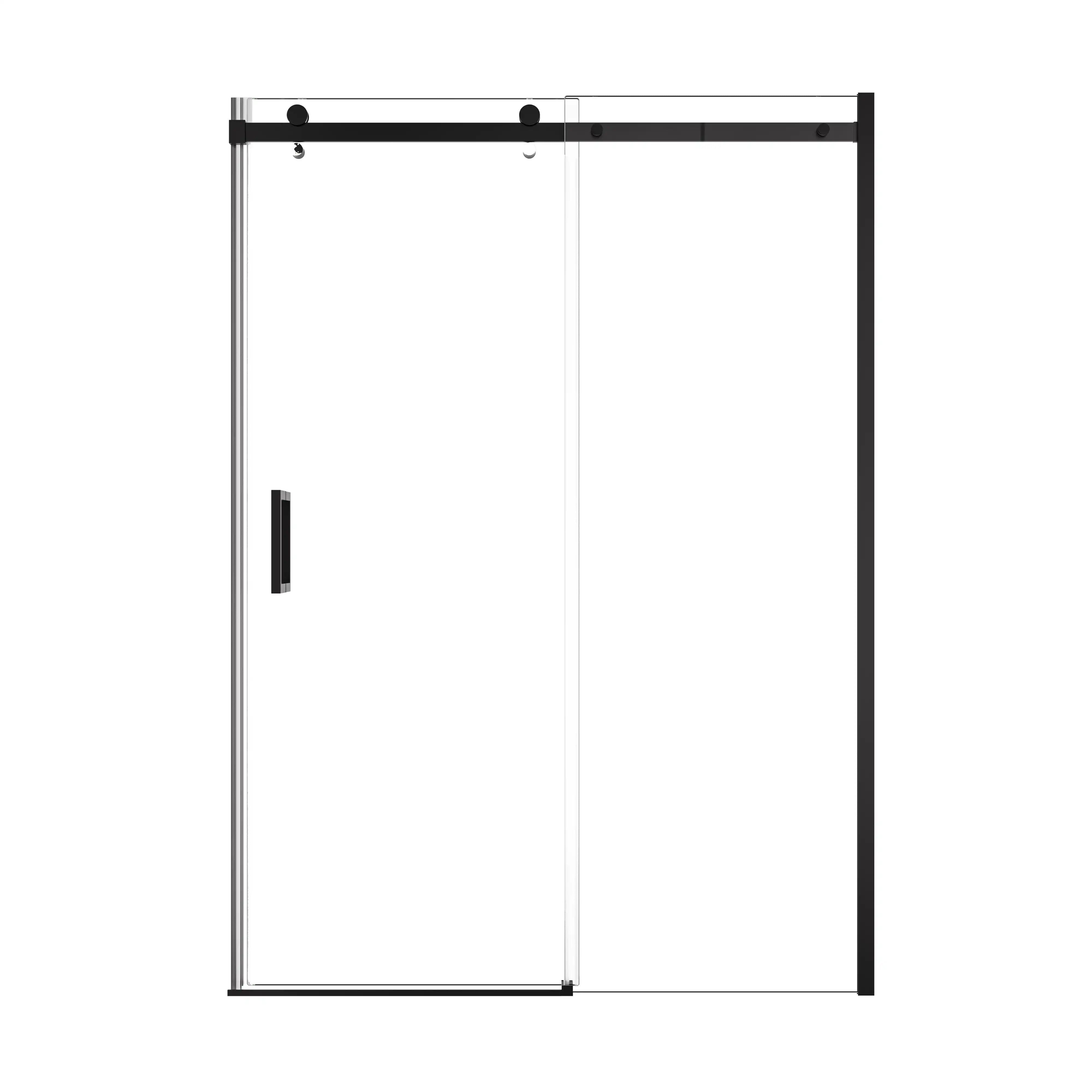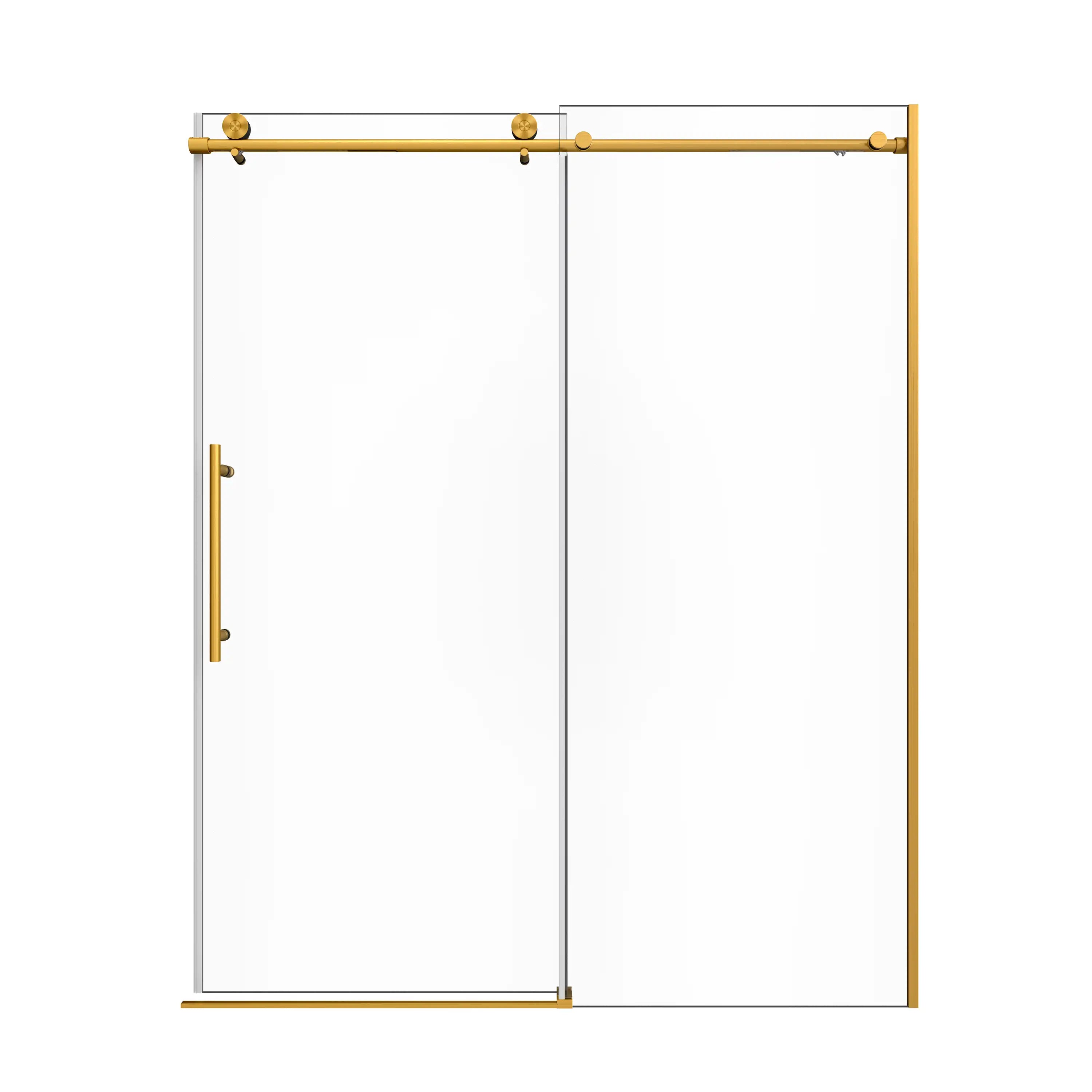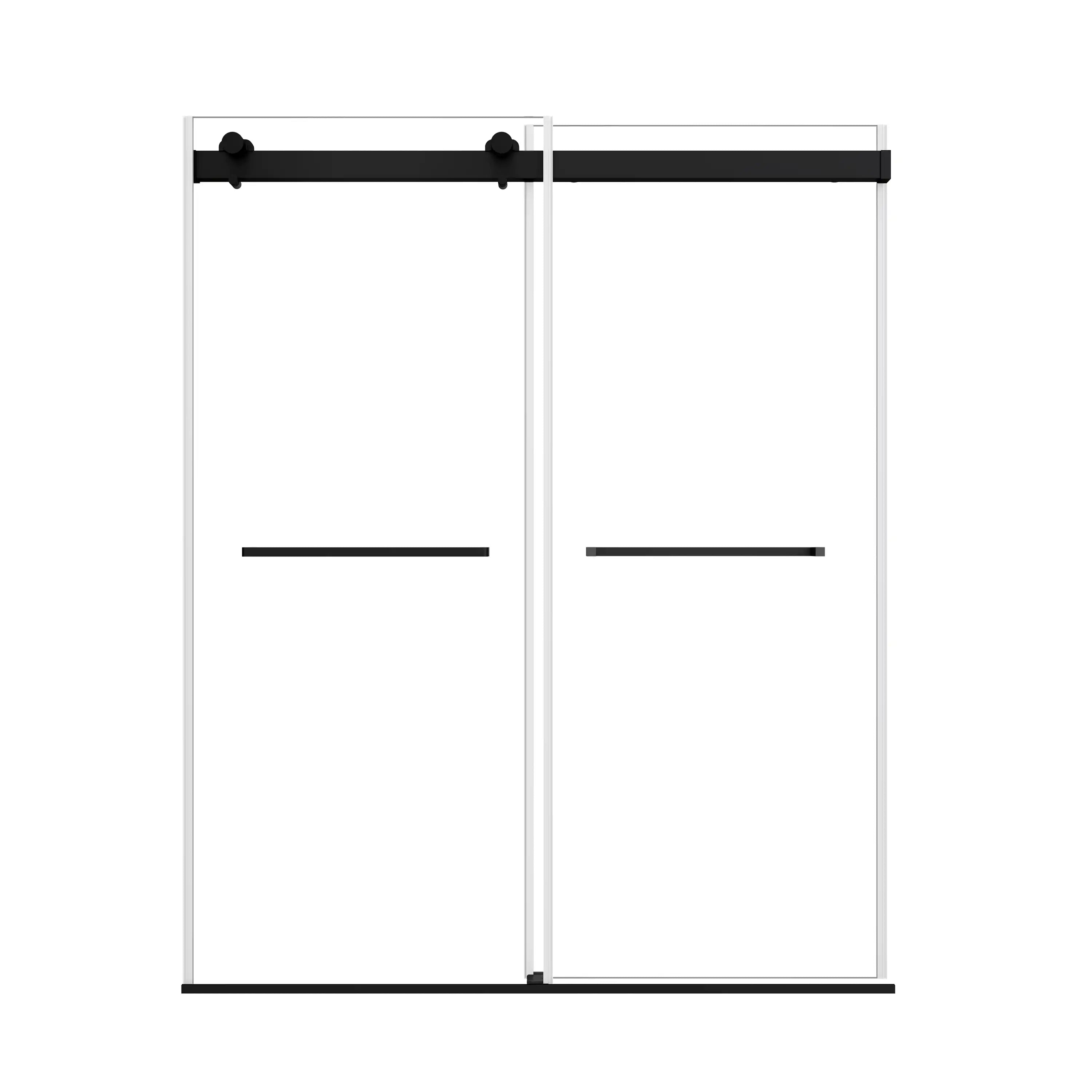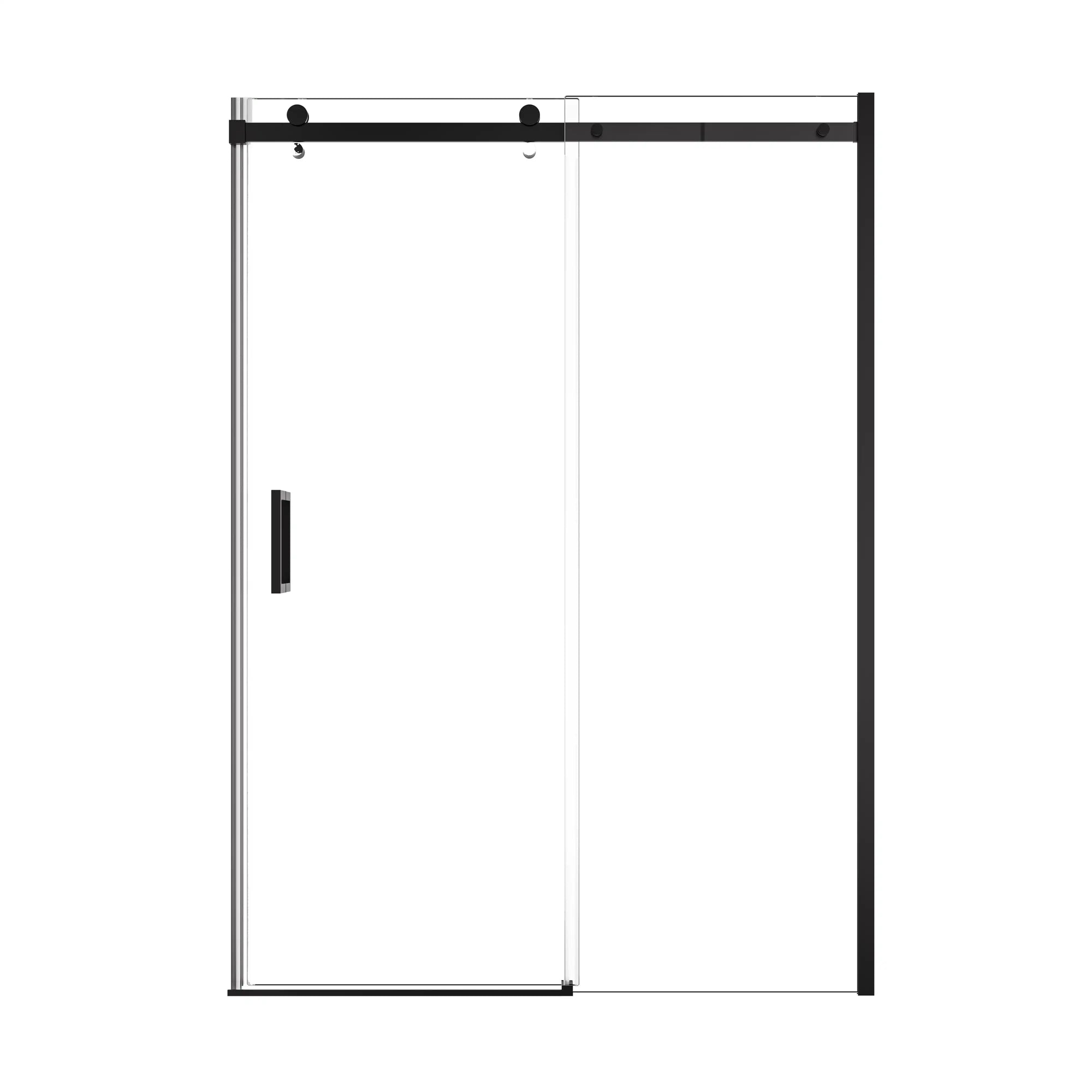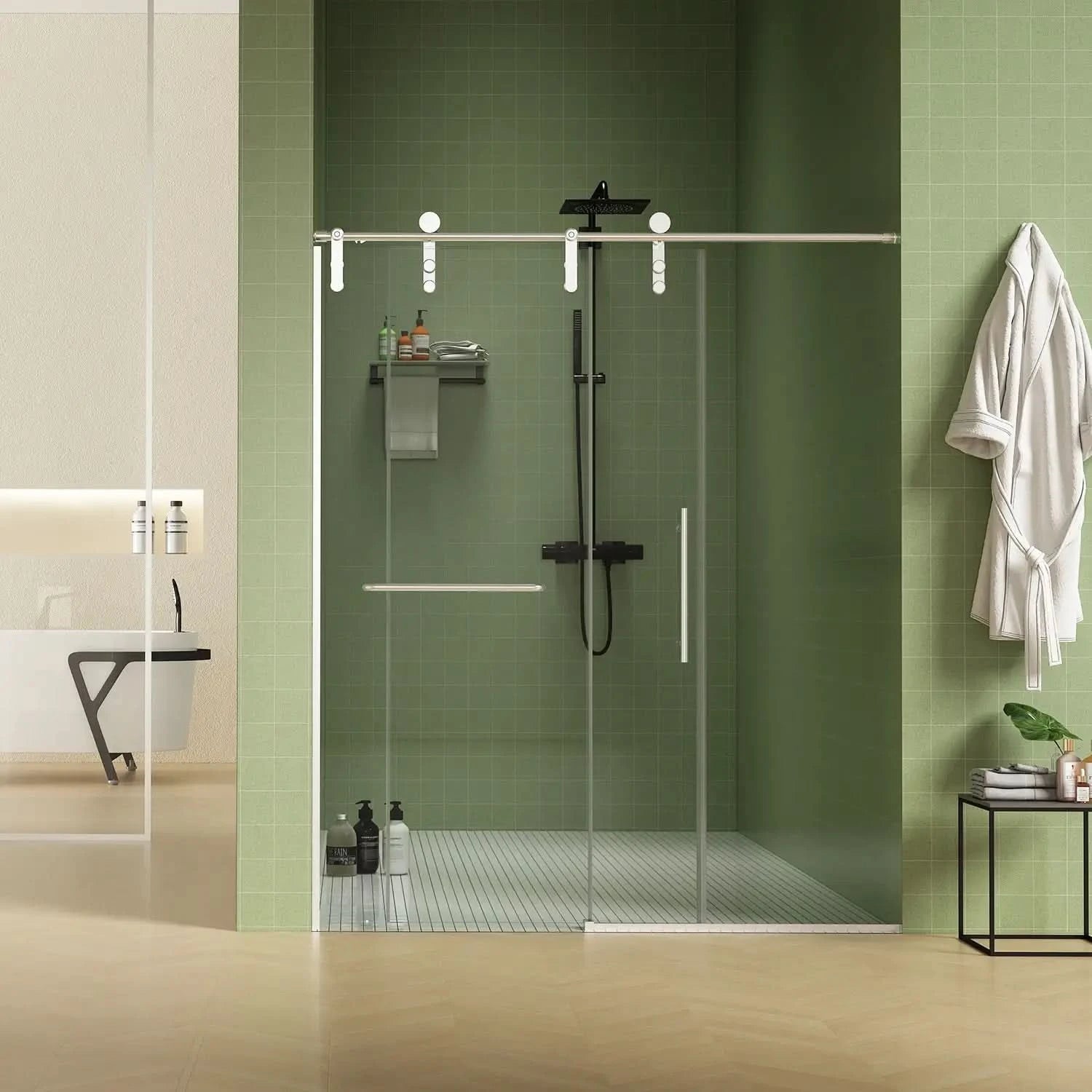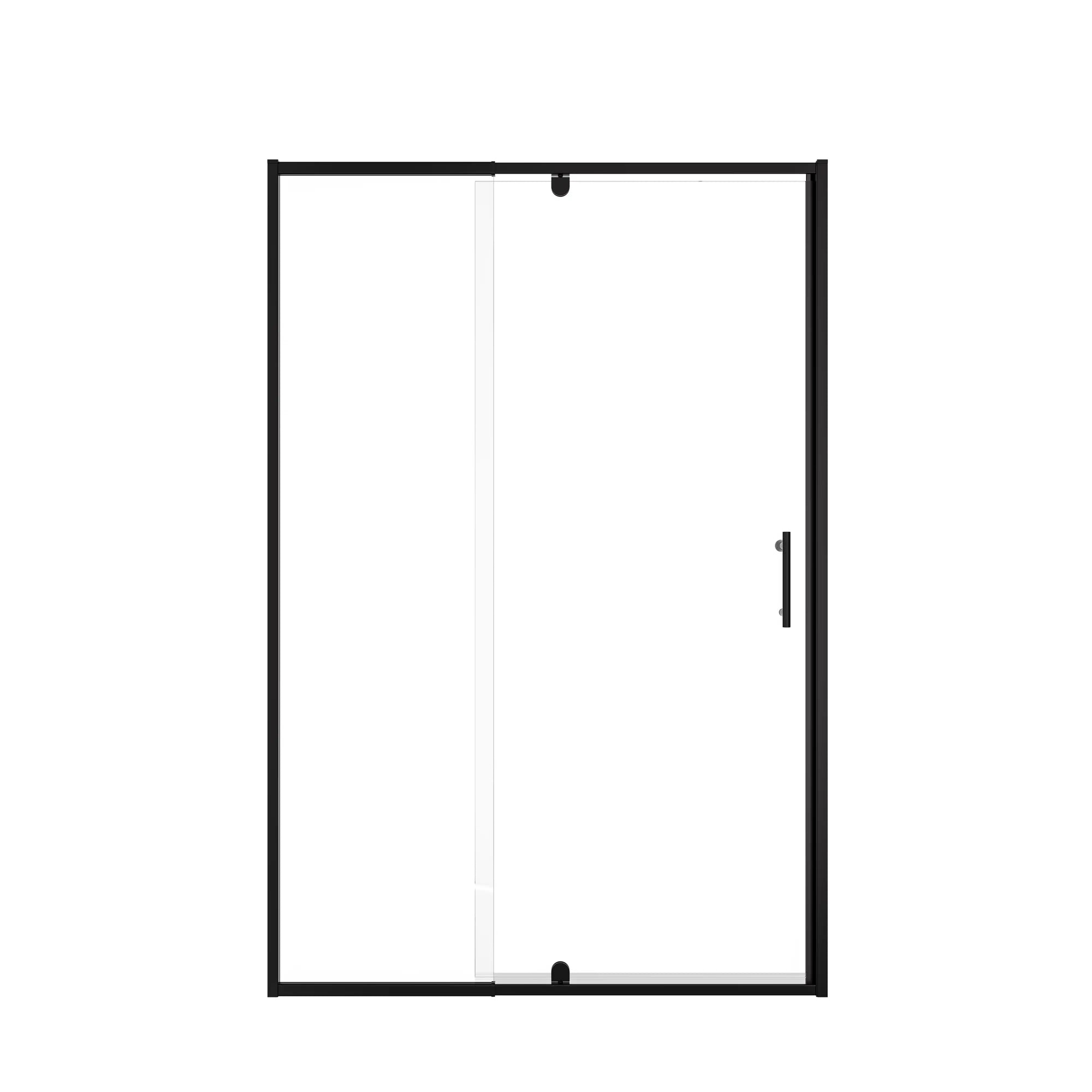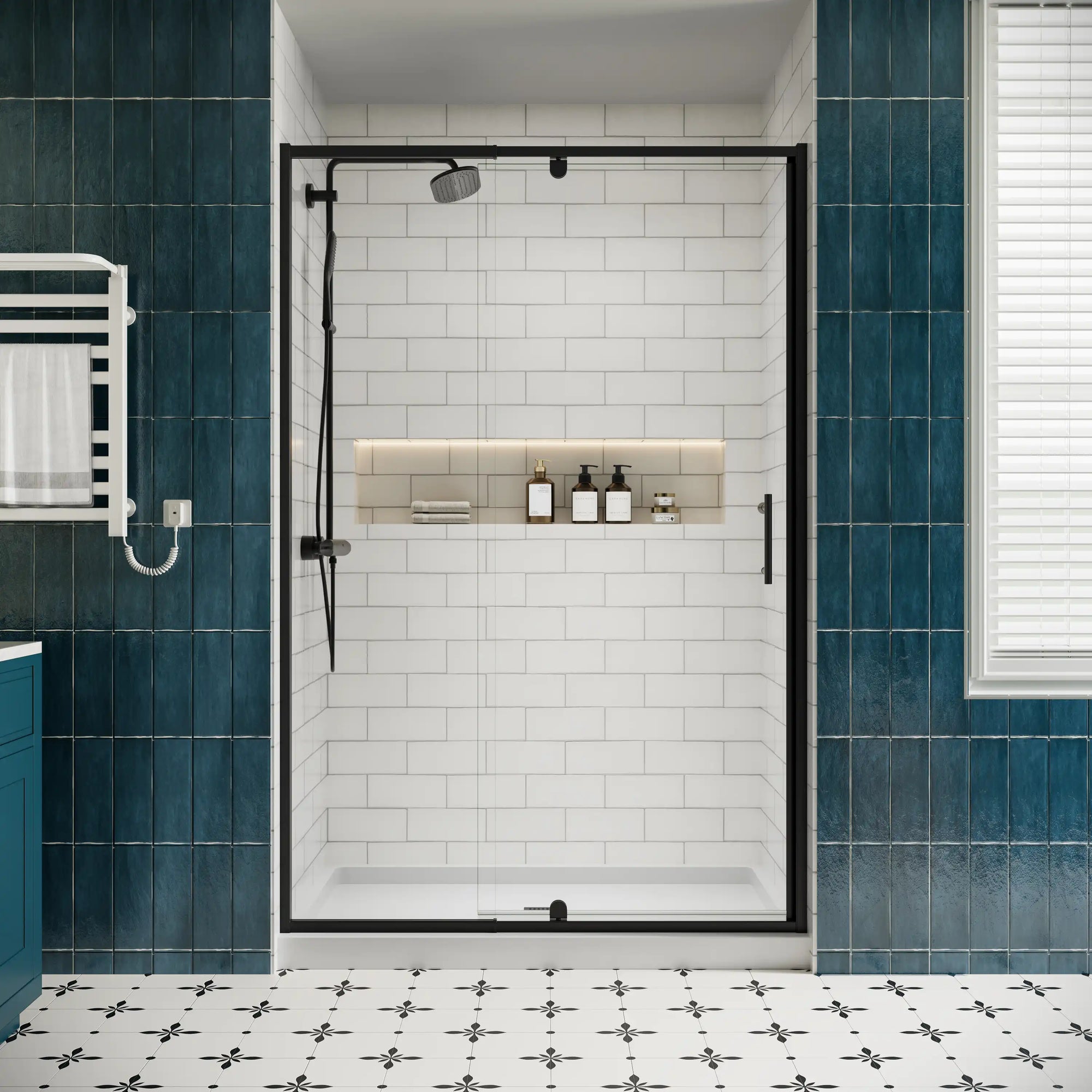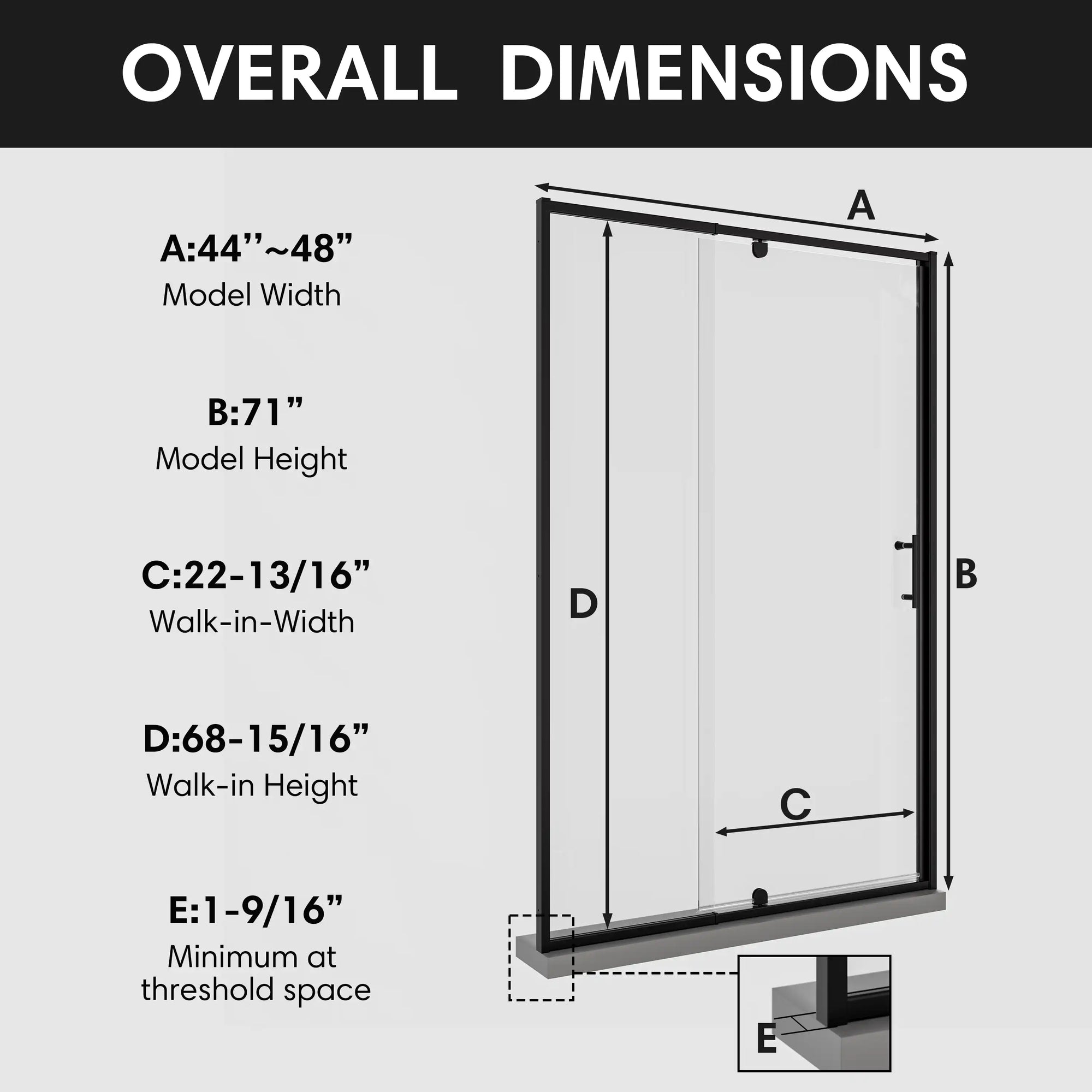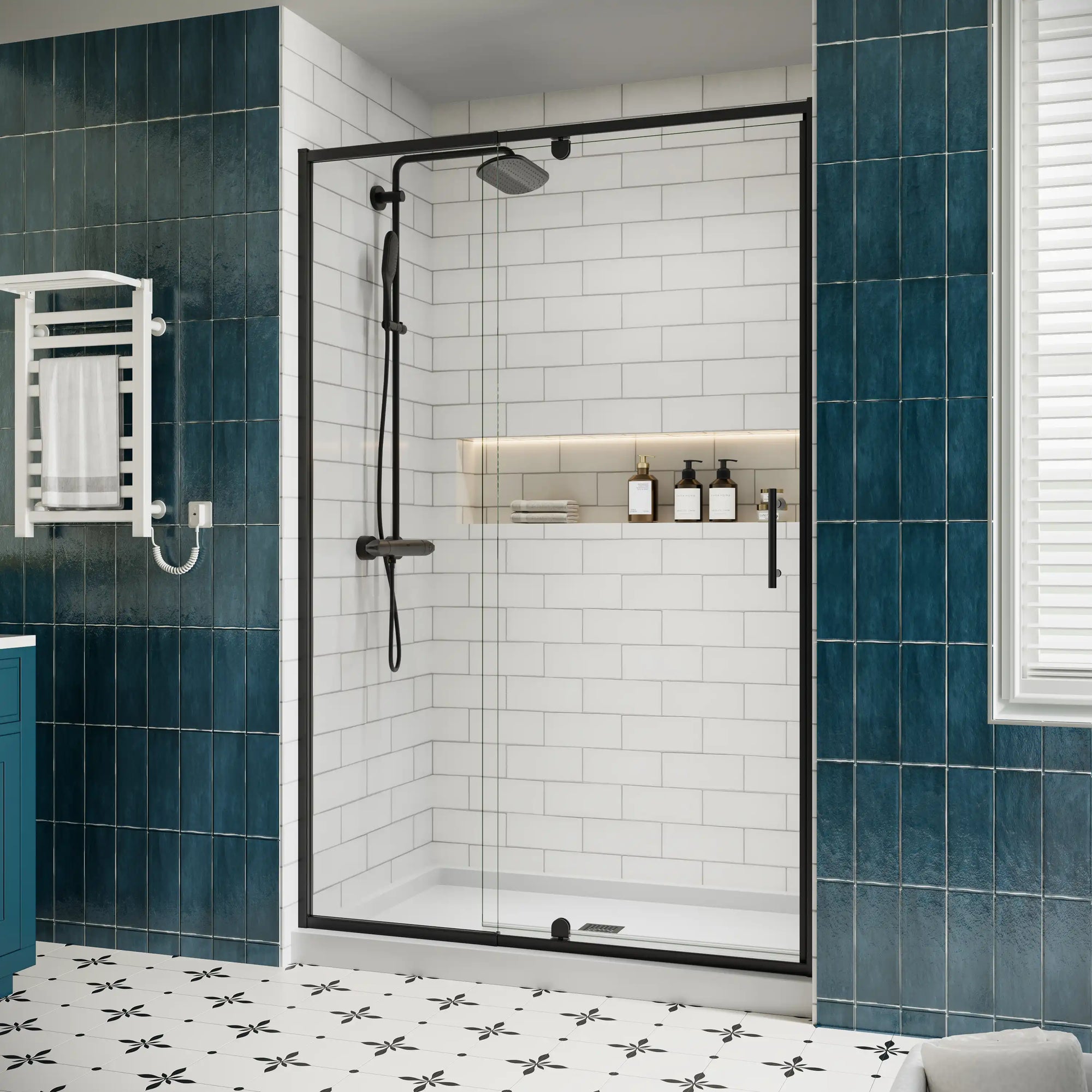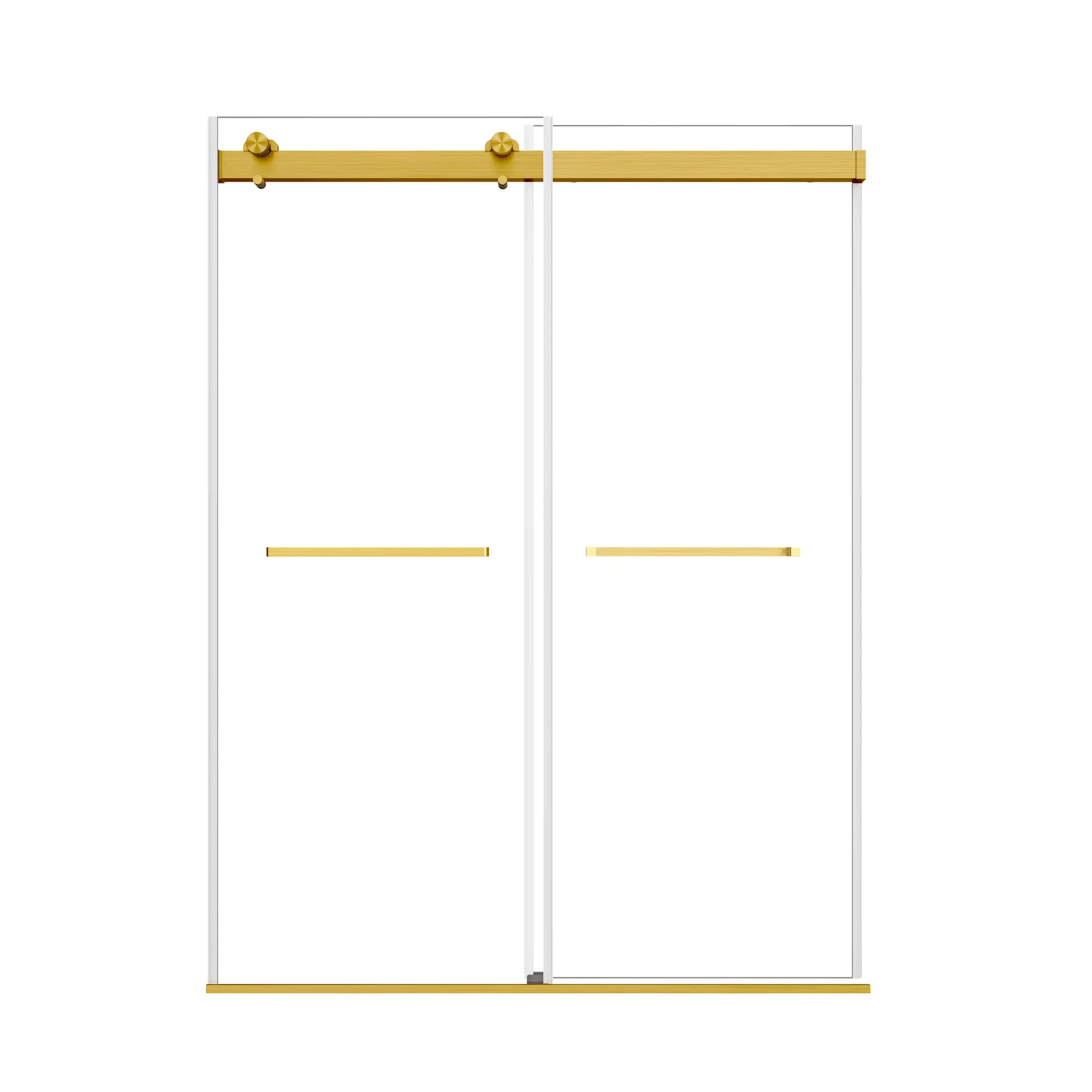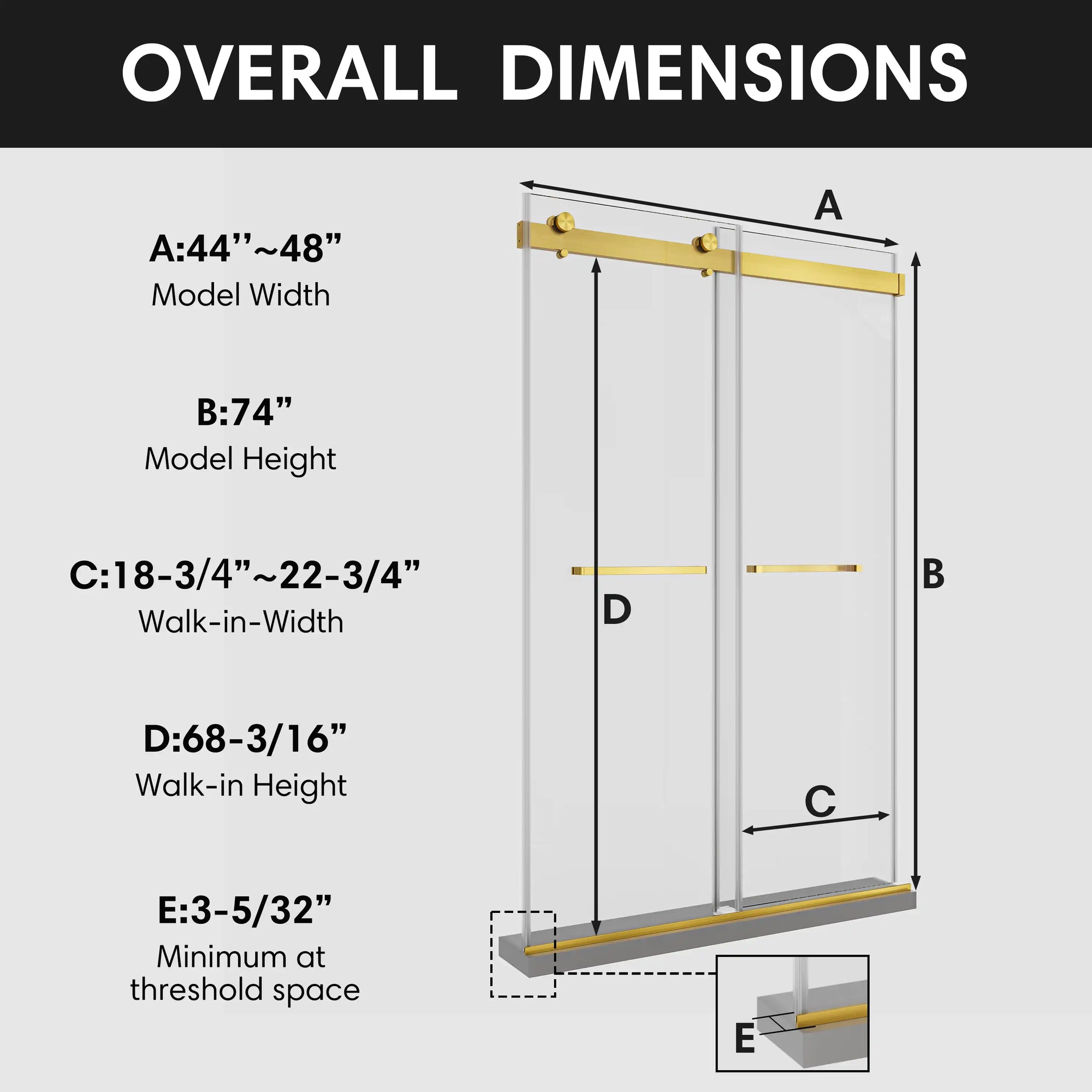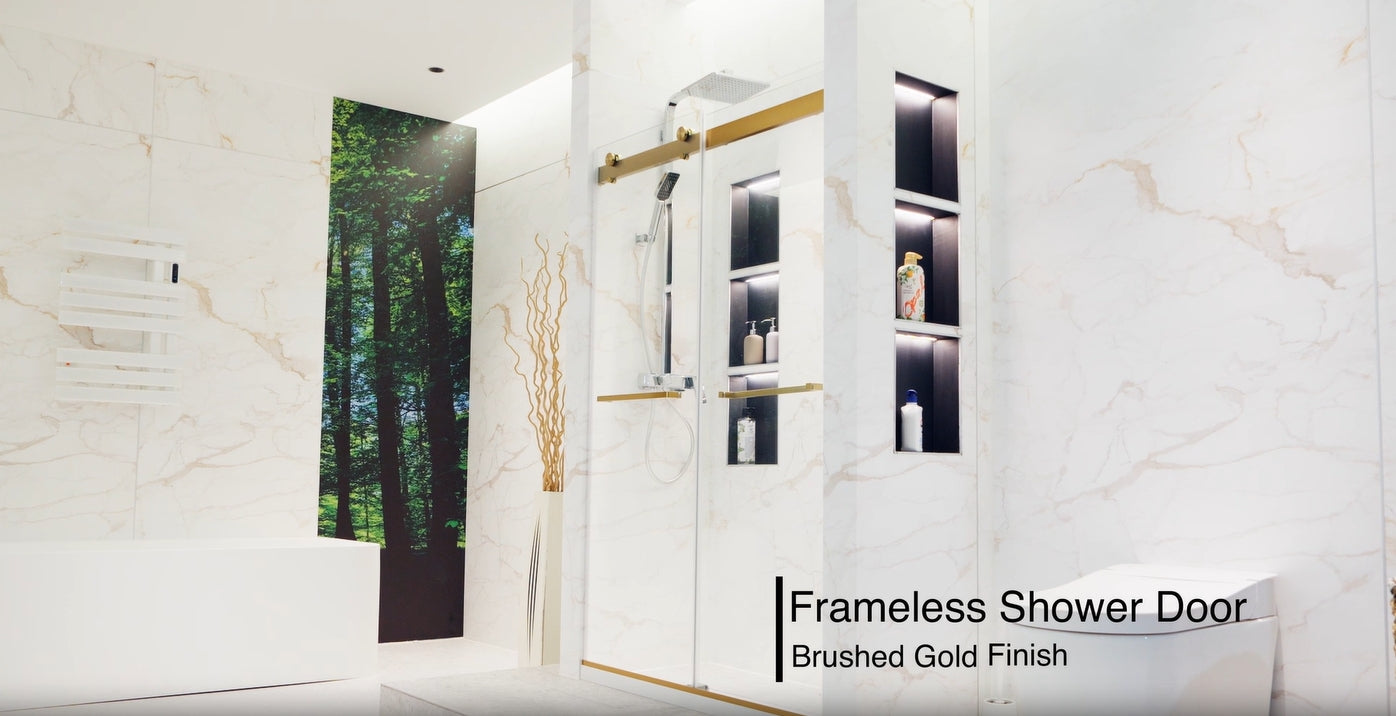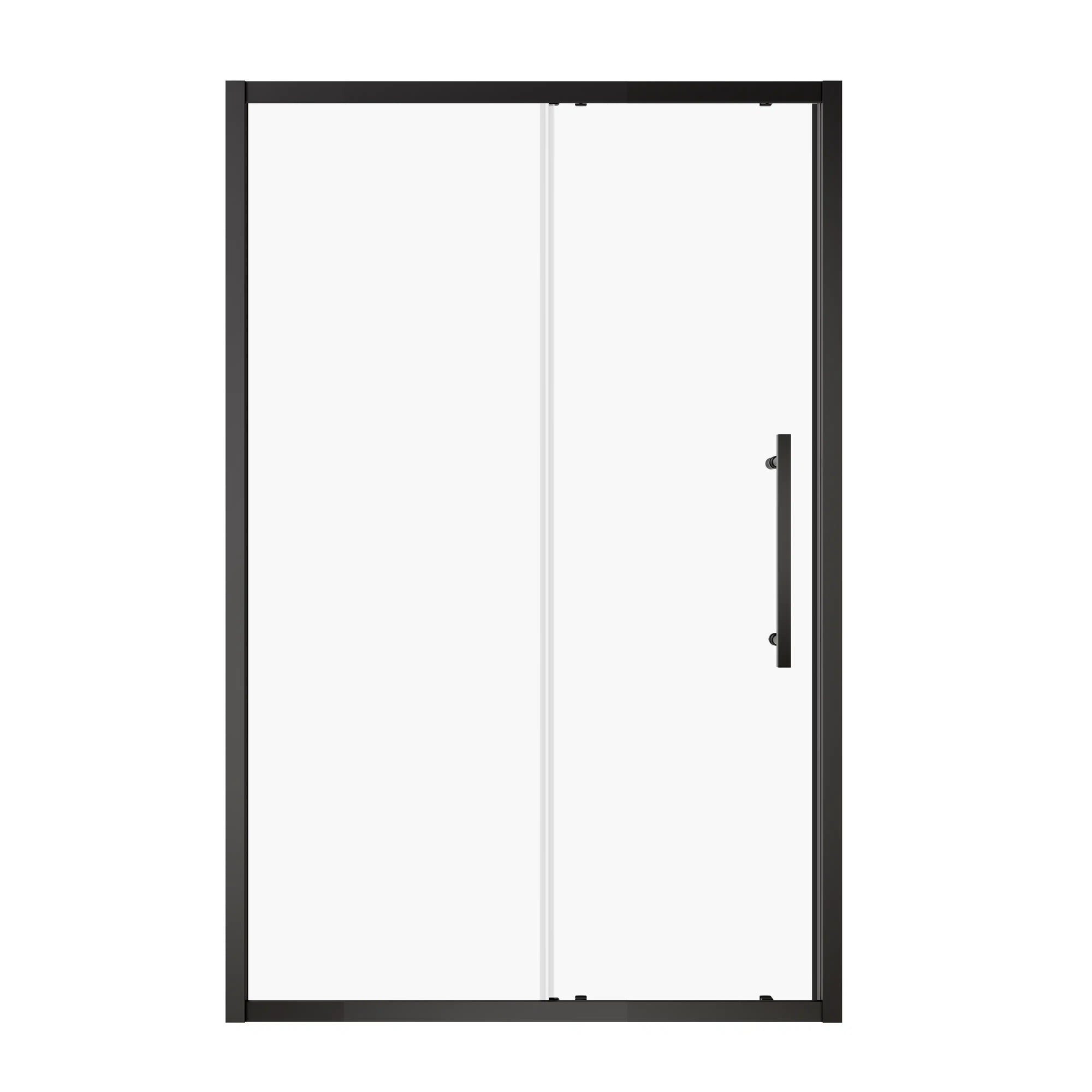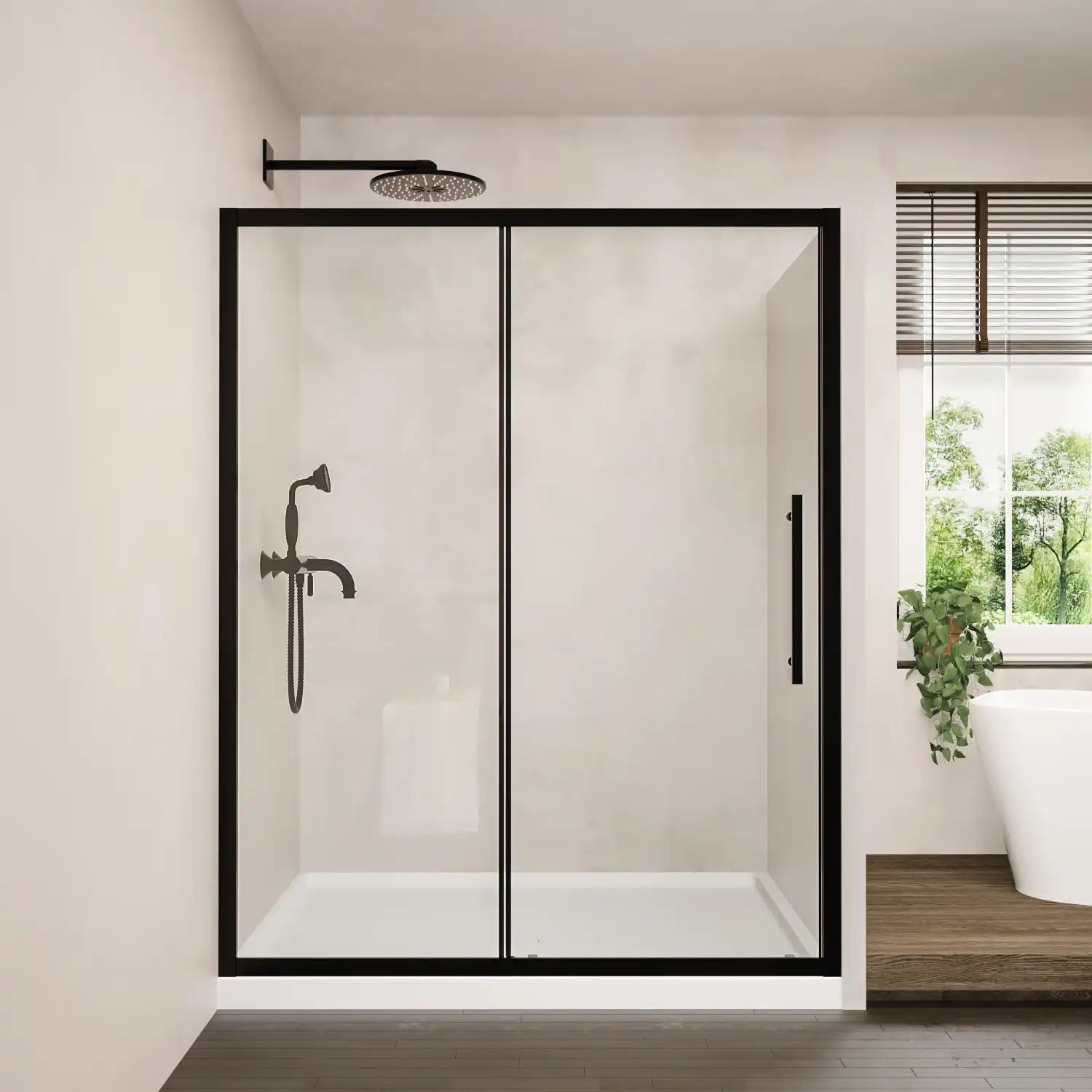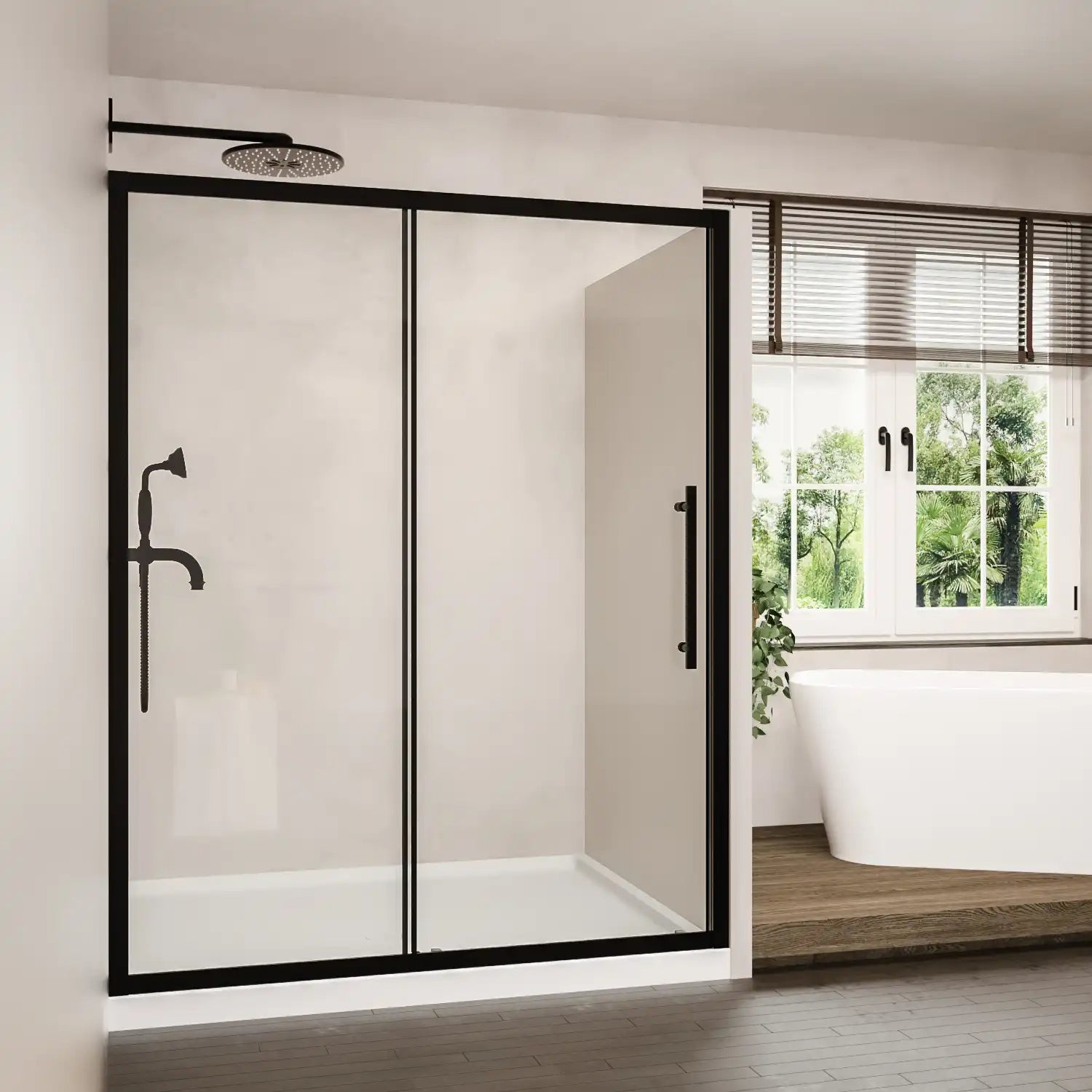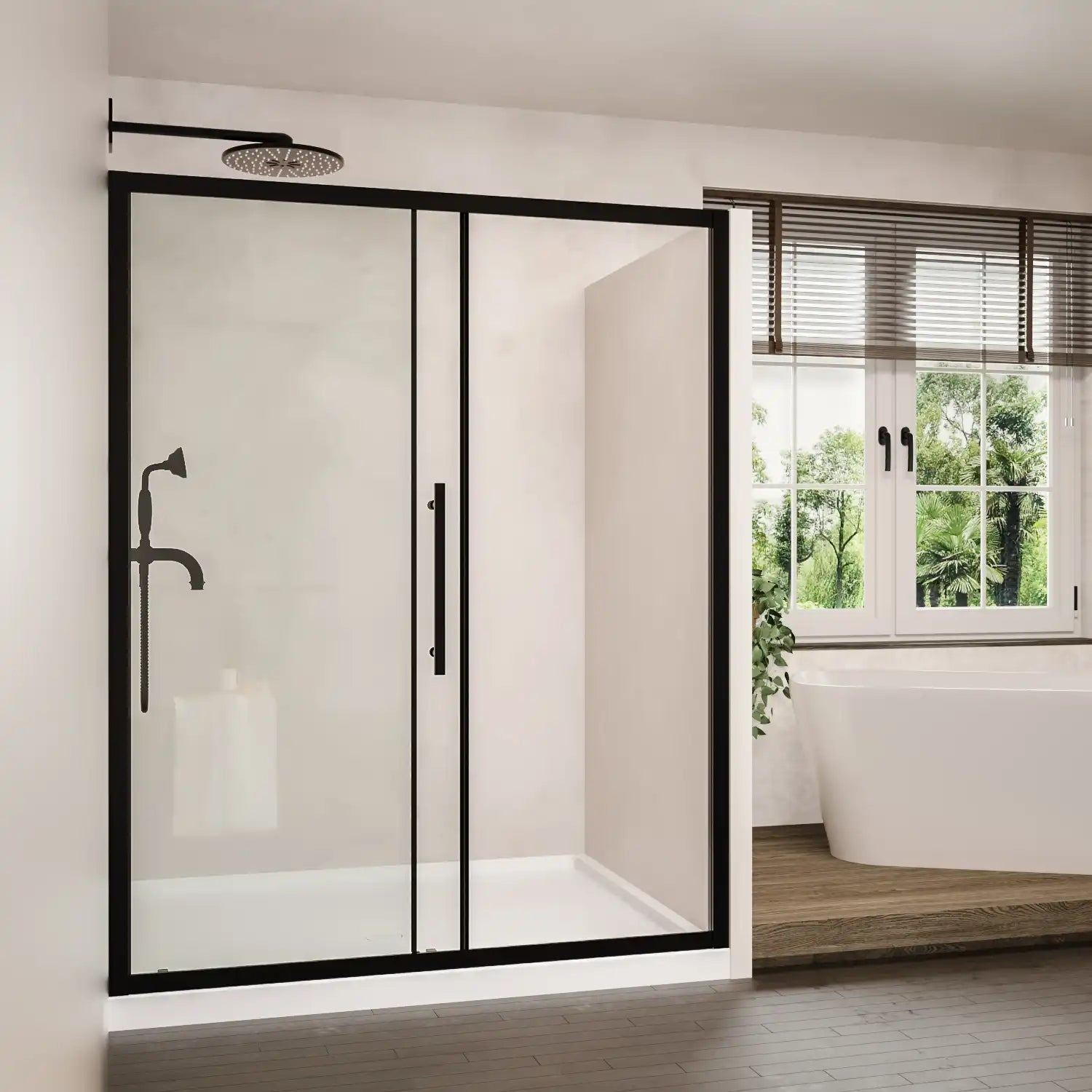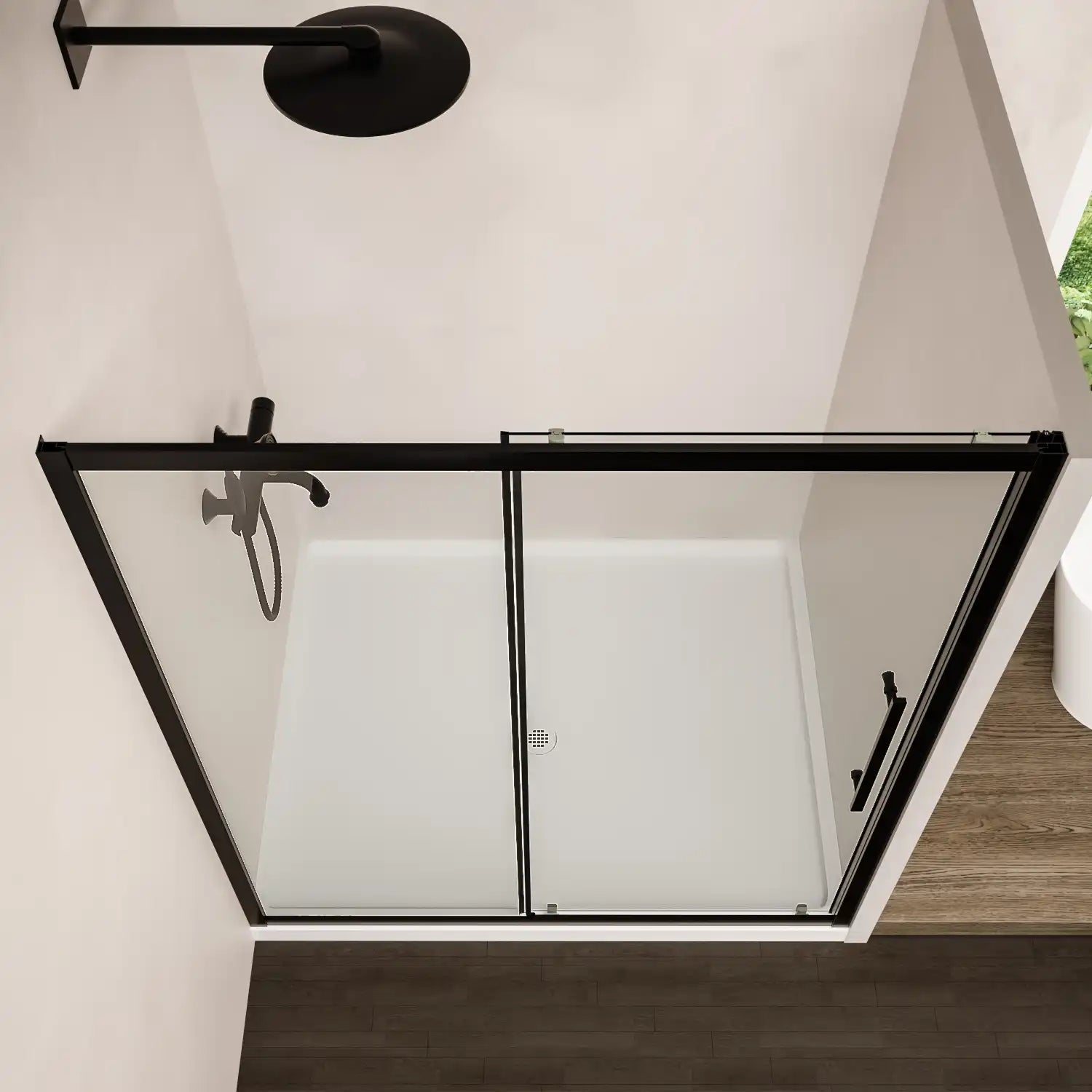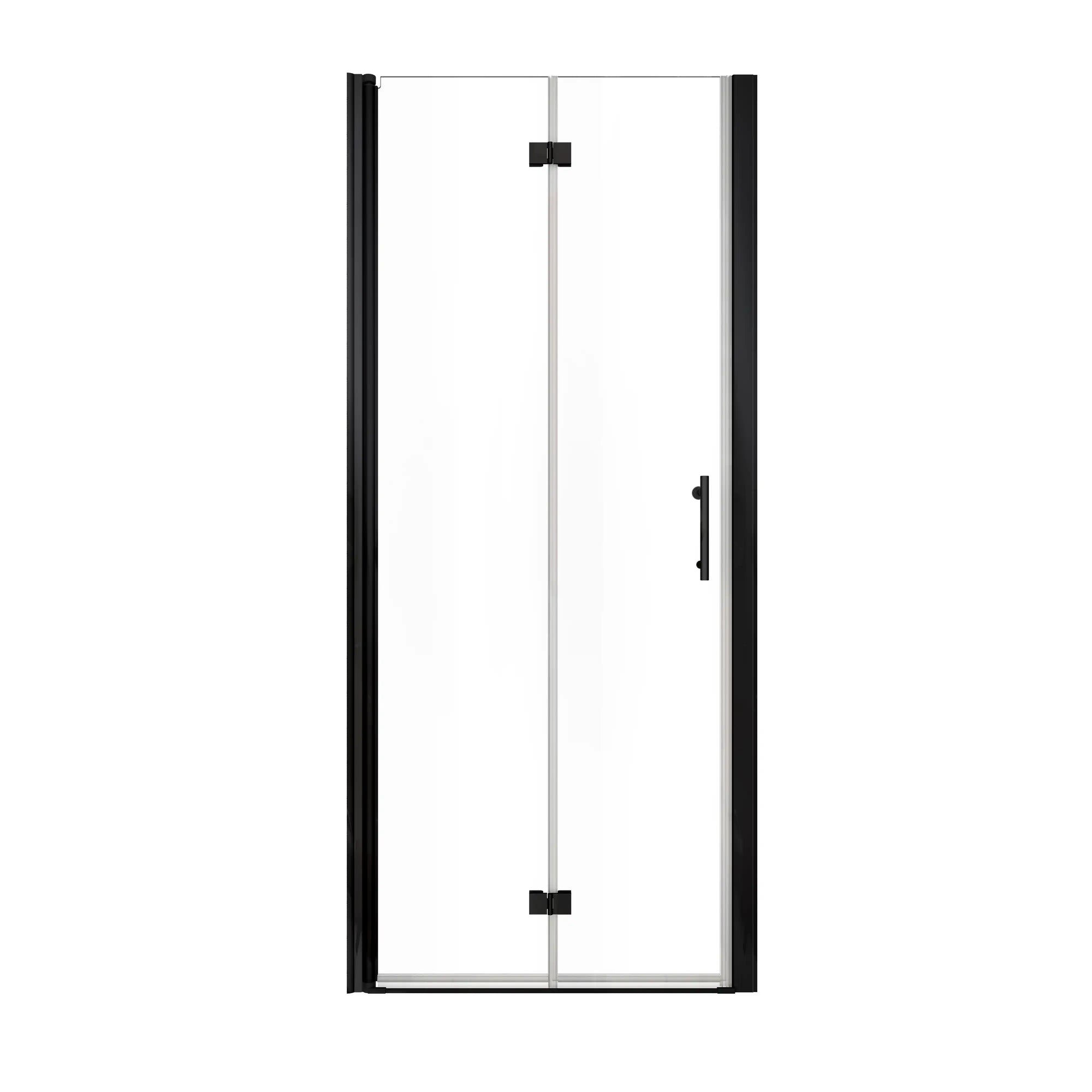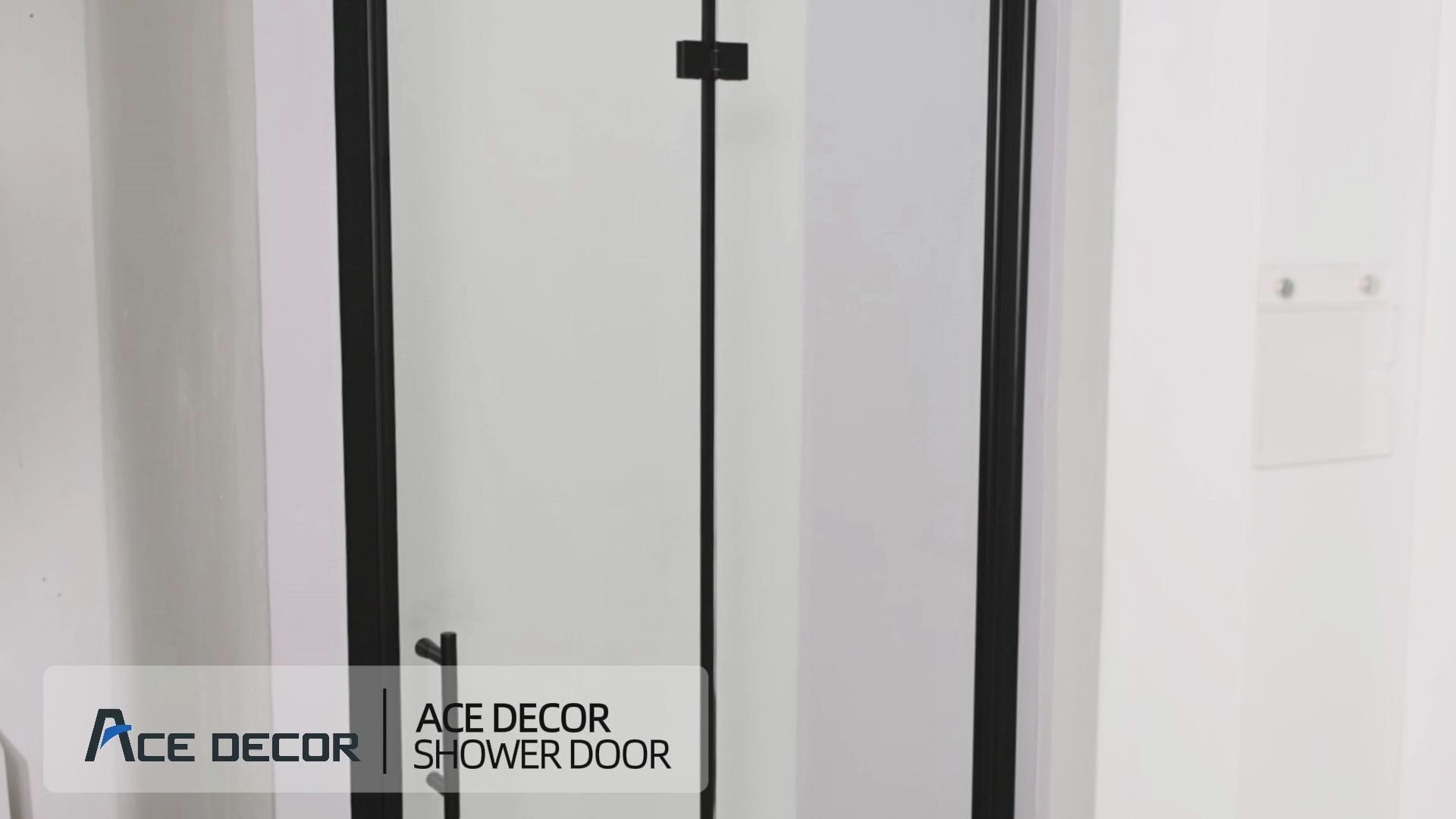Glass is a widely used material in both functional and decorative contexts — valued for its clarity, elegance, and strength. However, it is also fragile and can be challenging to repair or bond effectively without the right adhesive.
Depending on your intended application — whether it's fixing a minor crack, bonding glass to other materials, or sealing a shower enclosure — the optimal glue type can vary. This guide will cover some of the various types of adhesives used for glass, their ideal use cases, application tips, and essential factors to achieve a durable and strong bond.
Table of Contents:
- 1. Types of Glue Suitable for Glass Applications
- 2. Super Glue For Fixing Hairline Cracks and Surface Fractures
- 3. Epoxy Glue For Bonding Broken Glass or Glass-to-Other-Material Joints
- 4. Silicone Sealant For Sealing Glass Fixtures Like Shower Doors
- 5. UV Glue For High-Transparency Glass or Delicate Decorative Pieces Bonding
- 6. Common Mistakes to Avoid When Using Glass Adhesives
- Conclusion
- FAQ
1. Types of Glue Suitable for Glass Applications
Not all adhesives are created equal. When it comes to bonding or repairing glass the following are four broad types of adhesives suitable for glass:
-
Cyanoacrylate (Super Glue): Fast-drying, strong, and transparent.
-
Epoxy Resin: Often a two-part adhesive, providing good strength and chemical resistance.
-
Silicone Sealant: Flexible and waterproof.
-
UV-Curing Adhesives: Need UV light to cure, but deliver high optical clarity and bond strength.
Each glue type serves a different purpose. Understanding these characteristics is the first step in choosing the best glue for glass in your specific situation.

2. Super Glue For Fixing Hairline Cracks and Surface Fractures
For surface-level cracks, transparency and precision are critical. Cyanoacrylate glue is often the go-to option due to its quick bond time and clear finish.
Preparation is essential:
-
Clean the glass thoroughly using isopropyl alcohol to remove oil, dust, or residues.
-
Keep the surface as dry as possible.
-
Apply a small amount of glue using a fine applicator nozzle.
Allow the glue to penetrate the crack through capillary action. Then, once it's applied, you can just push the crack together gently if needed and hold for 30–60 seconds. Many super glues will dry in under a minute, but they will take 24 hours to reach full strength. For a truly transparent finish, avoid touching or shifting the bonded area during this period.
This method is not suitable for structural repairs but is highly effective for cosmetic fixes where clarity and quick bonding are priorities.
Pros
- Fast bonding
- Transparent when cured
- Easy to apply
Cons
- Brittle when stressed
- May turn white
- Low shear strength
3. Epoxy Glue For Bonding Broken Glass or Glass-to-Other-Material Joints
When cementing broken glass back together or attaching glass to other materials, strength is more important than speed. Epoxy adhesives, particularly two-part systems, are ideal in these cases.
Steps:
-
Mix equal parts resin and hardener as per the manufacturer’s instructions.
-
Roughen the bonding surfaces with fine sandpaper to improve adhesion.
-
Apply the epoxy evenly and press the parts together.
-
Use a clamp or tape on the pieces to hold them in place while the adhesive cures.
Initial set times vary between 5 minutes and 1 hour, depending on formulation. However, full curing may take up to 48 hours. Once cured, epoxy offers excellent durability and resistance to water, heat, and mechanical stress.
In scenarios like bonding glass tabletops to metal bases or restoring broken glass shelves, epoxy stands out as the best glue for glass due to its load-bearing capacity.
Pros
- Very strong mechanical bond
- Bonds glass to metal, plastic, etc.
- Water/heat resistant
Cons
- Longer curing time
- Mixing required
- Some formulas not fully clear
4. Silicone Sealant For Sealing Glass Fixtures Like Shower Doors
In humid environments like bathrooms or kitchens, sealing glass joints requires more than just adhesion — it requires flexibility and water resistance. Silicone sealant is the optimal choice for sealing applications.
Advantages:
-
High elasticity to accommodate movement and expansion.
-
Mold and mildew resistance.
-
Can tolerate both indoor and outdoor environments.
Application tips:
-
Make certain that all surfaces are thoroughly cleaned and dried.
-
Apply masking tape on both sides of the joint for a clean finish.
-
Use a caulking gun to dispense the sealant in a continuous bead.
-
Smooth with a wet finger or tool within 5–10 minutes before the skin forms.
Most silicone sealants become tack-free in under an hour, but full cure may take 24–72 hours depending on humidity and thickness. Avoid exposing the seal to water until completely cured to ensure performance.
From sealing a glass shower door to a window pane, silicone is still one of the best glue for glass sealing application.
Pros
- Flexible and waterproof
- Ideal for sealing gaps
- Mold/mildew resistant
Cons
- Low tensile strength
- Not for structural repair
- Long cure time
5. UV Glue For High-Transparency Glass or Delicate Decorative Pieces Bonding
UV-curing adhesive is a specialized solution that excels in applications where optical clarity, precise alignment, and fast curing are essential. It offers unmatched performance in aesthetic or decorative glass bonding.
Advantages of UV-Curing Glue:
-
UV glue cures almost invisibly, making it ideal for joints that will remain exposed.
-
It only sets when exposed to UV light, allowing time for careful positioning.
-
Once exposed, the bond cures in 30 seconds to 5 minutes depending on formulation and lamp strength.
-
High viscosity and controlled curing reduce over-application or dripping.
Application Tips:
-
Surfaces must be completely clean, dry, and oil-free.
-
Apply a thin layer and gently press pieces together before exposing to UV.
-
Use a UV lamp or LED light source that matches the adhesive’s required wavelength.
-
Full strength is usually achieved in minutes, but allow 24 hours for complete polymer crosslinking.
UV glue is not suitable for deep cracks or opaque surfaces, as UV light cannot reach inner layers and requires special equipment (UV lamp). It's also not ideal for structural or heavy-load applications.
Pros
- Ultra-clear bond line
- Fast curing with UV light
- Excellent aesthetics
Cons
- Requires UV light
- Poor penetration in deep cracks
- Not ideal for load-bearing
6. Common Mistakes to Avoid When Using Glass Adhesives
Mistakes during application can compromise both the strength and appearance of the bond. Common pitfalls include:
-
Using the wrong type of glue: Super glue might work for a small crack but will fail on structural repairs.
-
Overapplying glue: Leads to smearing, long drying times, and poor finish.
-
Ignoring curing times: Rushing to move or stress the glass can weaken the joint.
-
Skipping surface prep: Oils and dirt dramatically reduce adhesion.
-
Improper storage: Almost all glues have a shelf life; expired glue will lose its ability to bond.
🔰 Reminder
By avoiding these mistakes, users can significantly improve the performance of their chosen adhesive and ensure long-term reliability.
Conclusion
There is no one-size-fits-all best glue for glass. Instead, the “best” depends entirely on the use case:
-
For quick fixes and small cracks, use cyanoacrylate glue.
-
For strong structural bonds, epoxy is unmatched.
-
For moisture-resistant sealing, silicone sealants are essential.
-
For aesthetic, invisible bonds, UV glue is the superior choice.
By understanding each adhesive’s strengths and applying them correctly, users can achieve durable, safe, and visually pleasing results.
FAQ
Q1. What is the best glue for fixing a broken glass cup?
A1: High-quality cyanoacrylate glue is ideal for clean breaks in non-structural items like glass cups. Ensure the glue is food-safe if it will contact drinkable surfaces.
Q2. Can I use super glue to fix a cracked glass window?
A2: Super glue can seal small surface cracks, but it won’t provide lasting support for structural stress. For larger cracks or external windows, epoxy or silicone may be a better option.
Q3. How long should I wait before moving glued glass pieces?
A3: This depends on the adhesive. Super glue bonds in seconds but reaches full strength in 24 hours. Epoxy may need up to 48 hours, while silicone should not be disturbed for at least 24 hours for best results.
Q4. Is UV glue stronger than epoxy for glass bonding?
A4: No. UV glue excels in clarity and aesthetic applications but isn’t ideal for heavy-duty or structural uses. Epoxy provides greater mechanical strength in most scenarios.
Q5. Why does my glass adhesive turn yellow over time?
A5: Some adhesives, particularly lower-quality or non-UV-stabilized glues, yellow with exposure to sunlight or heat. Choosing a UV-resistant or color-stable adhesive can prevent this.
Learn More About ACE DECOR Glass Shower Door
Why ACE DECOR 0224D Shower Door Can Last a Decade? The “Structural Foundation” Says It All
